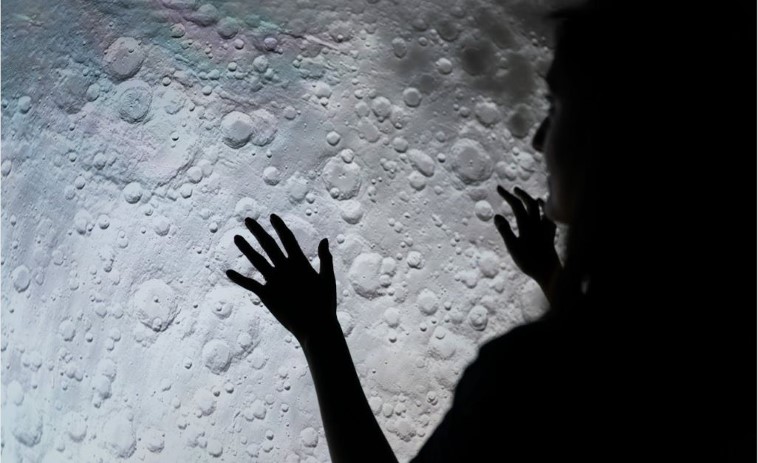The American Odysseus lander

One month ago, the new American attempt to place an unmanned spacecraft on the lunar soil ended with a successful landing in the Malapert A crater area, ten degrees (300 km) from the south pole of the Moon.
Immediately after landing, problems appeared, and it is not yet clear what exactly caused them. Radio communication after the landing and incoming data came bit by bit via slow radio connection.
The latest information from the control center of the private company Intuitive Machines, which built the spacecraft, is optimistic.
The Odysseus lander has landed correctly, the computer systems have been restarted. Intuitive Machines received $118 million from NASA as part of the Commercial Lunar Payload Services initiative to provide the US with several private companies in the upcoming lunar colonization.

The spacecraft itself, carrying a small astronomical observatory, a lunar rover along with a considerable list of equipment and instruments, was launched by SpaceX’s Falcon 9 rocket from the launch pad in Florida on February 15. It arrived in lunar orbit on February 21 and three days later it made a successful landing from an orbit of 92 km.
The rocket engines used by the Odysseus lander (VR900) were made in part using 3D printers and laser machines for material processing. According to the statements of the leading people of Intuitive Machines, this production process enables the production of one rocket engine in just five working days.
Something like this represents a real revolution in the making of rocket engines. Now, when their reliability has been proven in real conditions, it will enable relatively simple modifications of the design on the fly, not to mention the benefit of low production costs. Along with that is the question in the background which is the mixture of rocket fuel that will be possible to produce on the Moon from the resources there in the future for the operation of such engines.
The Odysseus lander belongs to the Nova-C type of lunar landers. The take-off weight is 1,900 kg. It is capable of carrying 100 kg of payload to the moon. The diameter with extended legs of the landing gear is a full two meters, and the height from the ground to the highest point is three meters.
Photovoltaic panels are capable of producing 200W of electricity at optimal illumination by the Sun’s rays. The Nova-C landers are not designed to survive the lunar night (day and night on the Moon last about fifteen Earth days each).
Two more Nova-C landers will be launched to the Moon as technology demonstrators at the end of 2024, mid-2025. After 2025, depending on the needs, new missions will move towards the Moon.
When the regolith dust is stirred up by human walking, there will come the heirs of the first successful, soft, landing of Americans on the Moon since the last mission of Apollo 17 in December 1972.
